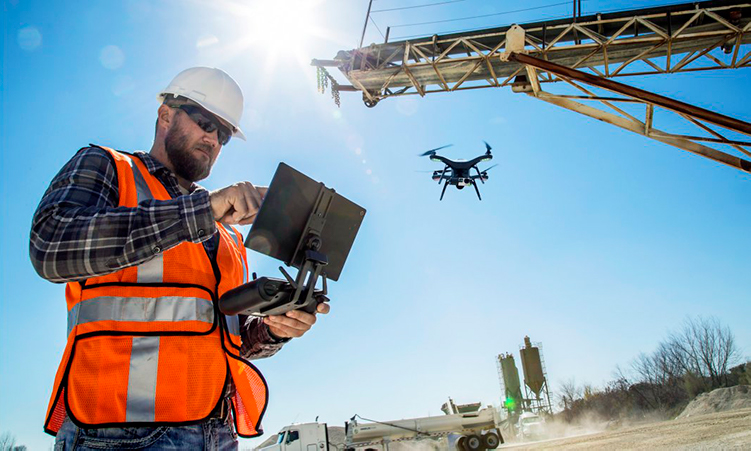In the United States, the construction industry has the highest fatality rates despite being constantly monitored for possible risks and causes of injuries. As construction companies continue to grow and expand, they explore new and more innovative ways to ensure safety on a project site. With modern technology maturing and developing, it is getting further integrated into the industry. Modern innovations like 3D models, virtual reality, and wearable devices provide an opportunity to get information relating to safety with time to act on it.
Even though most contractors agree that improving safety levels is important and there is more that needs to be done, modern technology and innovations are still being adopted at a relatively slow level. Most contractors continue to work with older used industrial equipment in Houston and other metropolitan areas instead of adopting newer technology. This could be due to a lack of technical expertise or an unwillingness to let go of an older working system. However, it is necessary for companies to combine certain technologies and come up with integrated software that can share data and pinpoint the possible soft spots beforehand.
How to Integrate Technology on a Jobsite:
There are many ways you can use technology to lower the chances of accidents on a Jobsite and prevent any serious injury.
The following methods can be used to increase safety compliance on a Jobsite:
- Mobile applications
- Digital training
- Wearable technology
- Predictive data analysis
- Localization technology
- Site sensors
Mobile Applications:
Smartphones and mobile applications have made it easier for workers to communicate with each other while working on a project. Mobile apps make collaborating with people on-site easier with scheduling, notification, and reporting being done quickly.
Digital Training:
Most worksite accidents are a result of unsafe behaviour that happens on-site. This happens because ground workers do not always understand the safety protocols and have not had proper training. Simply put, the existence of these safety protocols is not enough, and we must ensure that all workers are properly briefed. Having digital content available will make it easy for every worker to have access to the needed information. With the help of digital assessments, it is easy to know whether the workers are familiar with the processes and regulations involved.
Wearable Technology:
Wearable technologies such as low-cost wearable computers, sensors, and GPS are used on construction sites with the aim of eliminating injuries and fatalities. Such technology is used to monitor the vital life signs of workers such as their breathing, heart rate, and temperature and helps in predicting an accident before it happens.
Predictive Data Analysis:
Modern technology makes it possible to preempt safety gaps with the help of predictive analysis. The data that is gathered on-site can be analyzed for research and insight. Predictive analysis can help identify mechanical points of failure, whether you are using new or used construction machinery, and it can in turn help prevent on-site accidents. With the help of predictive data analysis, the chances of a worker getting injured due to an equipment malfunction have lessened.
Localization Technology:
Even though innovation and technology help decrease the danger of workplace injuries, construction companies should, in any case, be set up to respond to any disaster that occurs. When integrating digital solutions, the coordination of every one of these technologies is critical. When properly coordinated, the information that is divided among the devices can give administrators a more noteworthy outline of the state and area of each framework, placing them in the best situation to identify and react to any issues on-site.
Site Sensors:
Site sensors are used on construction projects to keep an eye on noise levels, temperature, dust particles, and other volatile compounds so their exposure to the workers can be limited. These site sensors can be placed throughout the project site and can immediately alert the workers when they are at risk of exposure.







